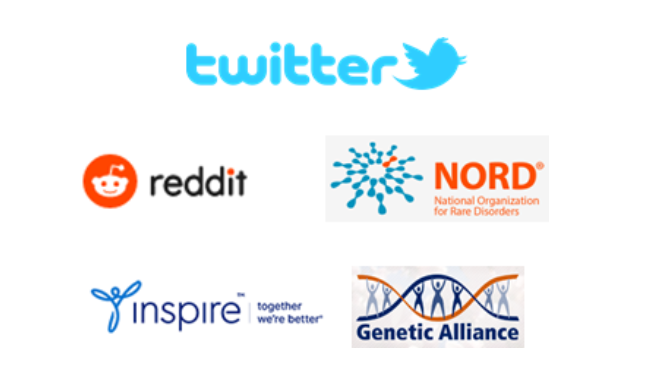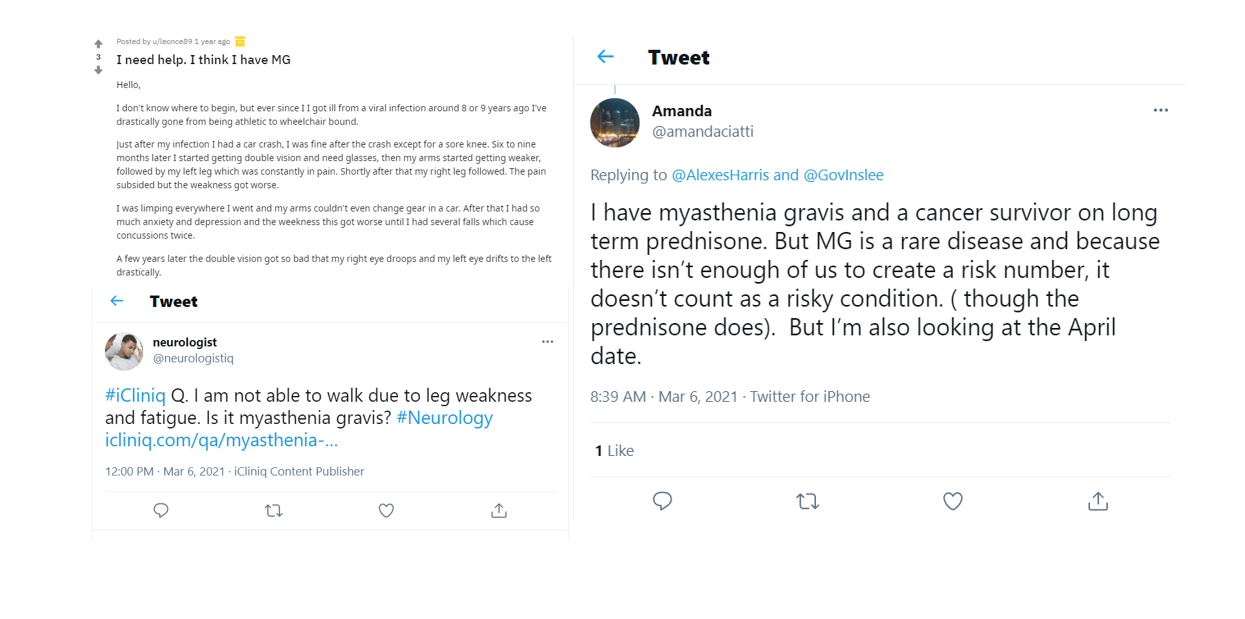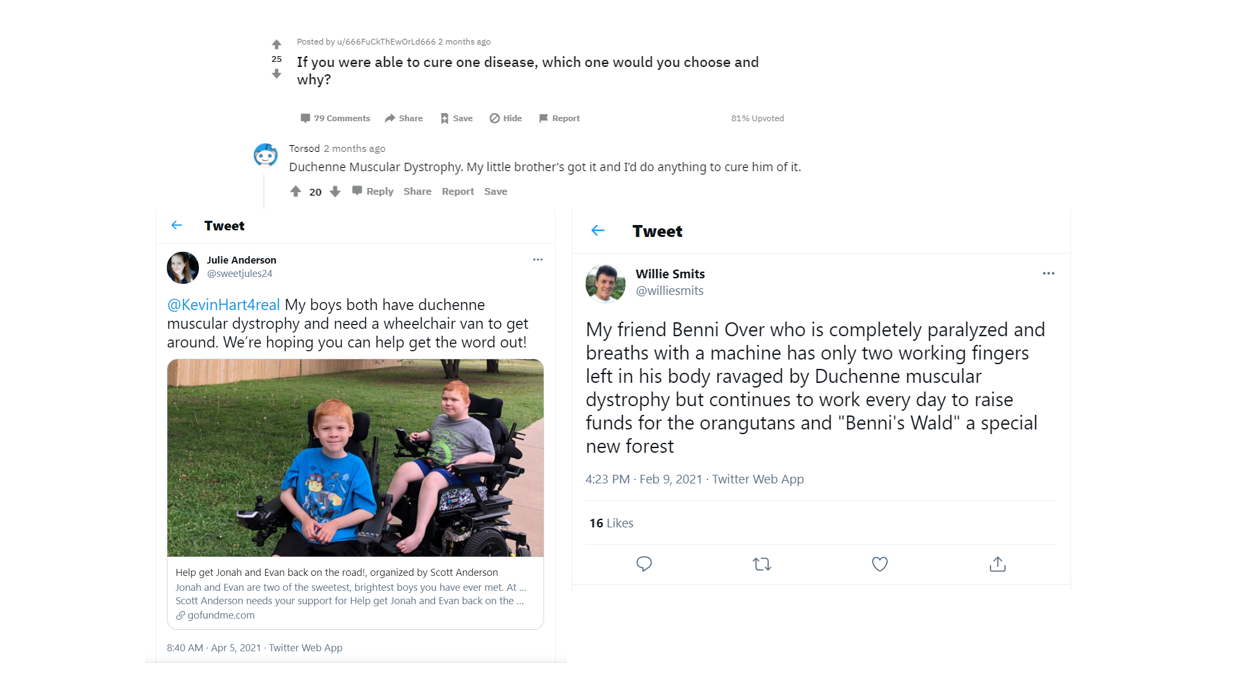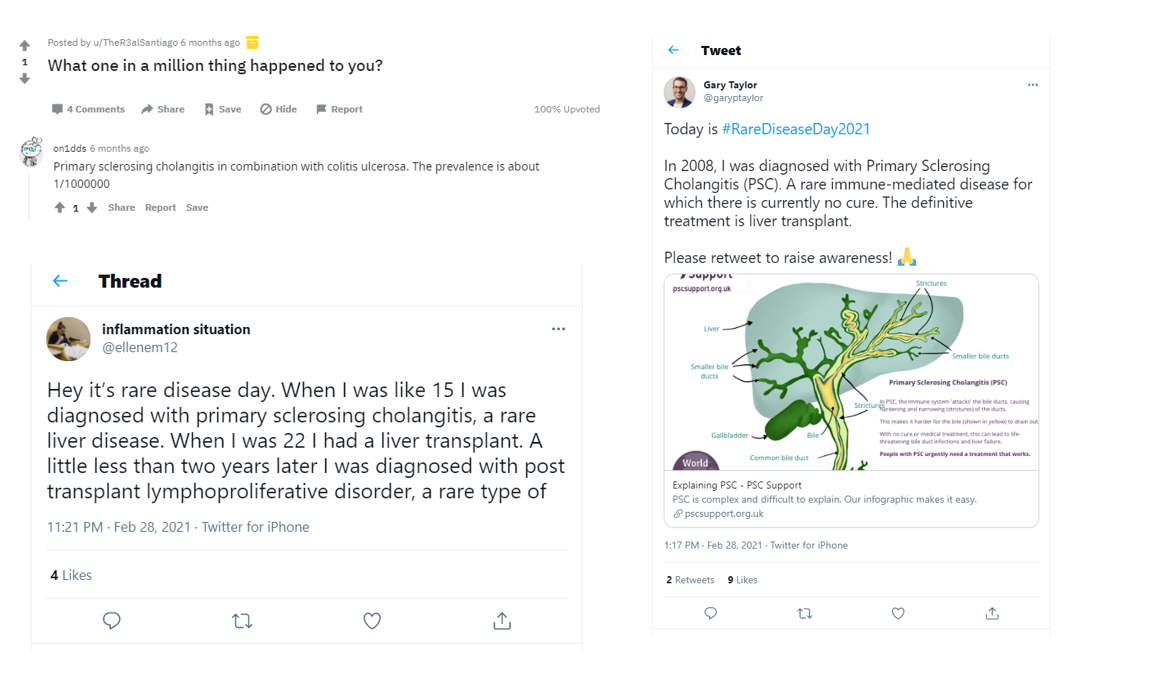The critical challenges faced by the Pharma Companies in developing drugs for rare diseases are mainly inadequate clinical information and difficulty in locating patients. The key factors leading to this challenge is the number of patients affected by rare diseases is scarce and geographically dispersed. Furthermore, the lack of high-level awareness among the medical community and patients has often led to misdiagnoses. All the above factors make it difficult for the Pharma Companies to understand the natural history, epidemiology, and progression of rare diseases that affect small and often highly diverse patient populations, thus impacting drug development progress. Before diving deep into how text mining of patient discussions can help, let us understand what qualifies as rare diseases, let’s understand rare diseases and their criteria.
What is a Rare Disease and its criteria?
Countries have their own official definitions and criteria for a rare disease. In the US, the Orphan Drug Act of 1983 defines a rare disease as a condition that affects fewer than 200,000 people. Whereas, in the European Union, a disease is categorized as rare when it affects fewer than 1 in 2,000 people.
According to the National Institute of Health, there are around 6000 rare diseases. This includes certain types of cancers, autoimmune disorders, digestive disorders, infectious diseases, neurological disorders, and other illnesses. Currently, these rare diseases are found to affect around 3.5% – 5.9% of the worldwide population, which sums up to a conservative estimate of roughly 300 million people worldwide. The foremost cause for 72% of the rare diseases is genetic, whereas the others are caused due to infections (bacterial or viral), allergies, and environmental causes.
Drug Development Challenges
Developing drugs for rare diseases involves challenges beyond those typically observed in large trials for more prevalent conditions. One of the primary challenges is the diagnosis of rare diseases. Identifying the underlying cause and symptoms can be difficult, as it tends to differ for each patient. This challenge in diagnosis boils down to the difficulty in finding adequate patients who meet inclusion and exclusion criteria for a particular drug or therapy trial, as patient populations are often widely dispersed and heterogeneous in disease subtypes, symptoms, stages, and exposure to prior treatment.
Traditional approaches in rare diseases patient discovery such as the patient survey and extracting data from Electronic Health Record (EHR) physician notes often tend to be ineffective due to a lack of appropriate medical codes and integrity of the data sources. These hurdles in patient discovery call for a novel solution.
Social Listening – A Potential Solution
Patients with rare conditions and their caregivers tend to scatter geographically due to the low prevalence of the diseases. This geographical dispersion makes it difficult for them to connect with other patients and specialists to seek advice. Their need to connect and find support and growth in global internet penetration has led them to the social media platforms to connect, communicate and garner valuable insights on the diseases.
By leveraging Social Listening, the Pharma Companies shall mine patients/caregiver conversations from Social Media Platforms such as Twitter, Reddit, and rare diseases-related medical discussion forums such as NORD, Inspire & Genetic Alliance to identify them.

The following are some of the social media posts or forum discussions where the patients/caregivers are discussing about rare diseases such as Myasthenia Gravis, Duchenne Muscular Dystrophy, Primary Sclerosing Cholangitis, etc. Mining the text of patient discussions can uncover thousands of patients who are seeking treatments or educational content.
Myasthenia Gravis:
Myasthenia gravis (MG) is a long-term neuromuscular disease that leads to varying degrees of skeletal muscle weakness. The most commonly affected muscles are those of the eyes, face, and swallowing. It can result in double vision, drooping eyelids, trouble talking, and trouble walking.

Duchenne Muscular Dystrophy:
Duchenne muscular dystrophy (DMD) is a severe type of muscular dystrophy that primarily affects boys. Muscle weakness usually begins around the age of four and worsens quickly. Muscle loss typically occurs first in the thighs and pelvis followed by the arms.

Primary Sclerosing Cholangitis:
Primary sclerosing cholangitis (PSC) is a long-term progressive disease of the liver and gallbladder characterized by inflammation and scarring of the bile ducts which normally allow bile to drain from the gallbladder.

However, given the sheer scale of social media, precisely identifying relevant posts among the noisy posts is equivalent to finding a needle in the haystack and highly resource-consuming when done manually. To overcome this problem, Pharma Companies shall leverage AI/ML-powered text mining solutions that can monitor, crawl and scrape data from various sources, and convert those raw data into actionable insights. Pharma companies with drugs for rare diseases in production/pipeline can use these insights to identify patients with rare diseases and engage with them for drug trials or sale of the product.
SetuServ’s PharmaSignals helps Pharma Companies discover patients suffering from rare conditions by leveraging state-of-the-art text mining and social listening algorithms to extract sheer volume of posts or discussions from social media and relevant discussion forums, process the raw data, and extract the insights about patients/HCP related to the rare diseases.
